During a walk some time ago I discovered a sign on a lamppost that indicated I was walking along the “Path of Memory”. Although I had already walked this path dozens of times, I had never seen this sign before and could not really imagine what or whom the memory should apply here.
It’s a good thing that in such a case you can quickly become smarter with the help of the Internet. The “Path of Memory” connects the Plötzensee memorial site with three churches dedicated to the memory of resistance against the Nazi dictatorship.

A little later we went in search of traces and walked the route, which takes about 1 hour on foot without a break.
Plötzensee Memorial
When visiting the memorial, one learns in a permanent exhibition not only about the history of the place, but also a lot about justice during the time of National Socialism.
I was very impressed, thoughtful and saddened by the history of the place.

The Plötzensee Penitentiary was built between 1868 and 1879. Here, up to 1200 prisoners were housed in various buildings and with many open spaces. The good prison conditions were intended to bring about an improvement.
After the National Socialists came to power, the prison conditions in Plötzensee became more severe. It now also became a remand prison for political criminal proceedings and not only German but also numerous foreign prisoners were held here.
Prisoners sentenced to death were also imprisoned here.

What happened in Plötzensee Prison?
A guillotine is set up in a work barracks in 1937. Hitler had previously decreed that the death penalty in Germany would henceforth be carried out with this cruel device. In 1942, an additional steel beam was installed in the execution room, to which eight iron hooks were attached. Hangings were carried out here.
In 1943, the prison was badly hit during an air raid on the night of September 3 to 4. As in every air raid, the prisoners were under lock and key in their cells. Part of the building burns down, detonations occur and cell doors are blown open; some prisoners managed to escape.
Of the 300 or so prisoners sentenced to death who were incarcerated there at the time, many of the pending clemency proceedings are subsequently fast-tracked without hearings. Since the execution room with the guillotine was badly damaged, it was decided to hang 186 people on the night of September 7-8. After a break of 12 hours, the hanging of another 60 victims took place until September 12. These nights are known today as the blood nights of Plötzensee.
After the attempted coup on July 20, 1944, some of Hitler’s internal political opponents are imprisoned in Plötzensee. At the beginning of August, the first trials of Field Marshal Erwin von Witzleben, First Lieutenant Peter Graf Yorck von Wartenburg, Colonel General Erich Hoepner, Lieutenant General Paul von Hase, Major General Hellmuth Stieff, Captain Karl Friedrich Klausing, Lieutenant Colonel Robert Bernardis and First Lieutenant Albrecht von Hagen begin. All end up with the death sentence, which is carried out the same day in Plötzensee. Some of the prisoners still receive spiritual encouragement from the prison priests Poelchau and Buchholz.
More trials and further sentences to death follow. In total, 89 people who had supported the resistance were executed in Plötzensee from 8.8.1944 to 9.4.1945.
More trials follow, more death sentences follow, more cruel acts follow.
During the time of National Socialism, more than 2891 people become victims of judicial killing in Plötzensee.
When I read the lists of the condemned, read the history of this place, I felt very different. Also the visit to the memorial, which exists here since 1952, makes the cruel goings-on of the National Socialists very clear.
Very thoughtful I leave the place and go on the “Path of Memory”, which now lives up to its name. Because after this visit you really remember.
Address:
Hüttigpfad
13627 Berlin
Opening hours:
daily 9-17 o’clock
November – February: 9-16 h
closed. 24.-26.12., 31.12., 1.1.
Website
Admission fees:
free
Plötzensee Protestant Memorial
From the Plötzensee memorial, the path leads us through a colony of foliage. Here you should look well, the signs how the path continues are sometimes somewhat hidden attached.

After the little walk, which really does my thoughts good, I arrive at the next place on the “Path of Memory”.

The church is located between allotments and the Paul Hertz housing estate on Heckerdamm in Charlottenburg-Nord. From the outside, the whole thing does not really look to me like one imagines a church. It is a concrete building, which was inaugurated in 1970 and where architectural signs were deliberately omitted. Only the concrete cross indicates that there is a church here. You enter the church via a ramp and through a plain glass door, which reminds me rather of the doors of my old school.

The whole complex encloses a small courtyard. Facing the street is a building that today houses apartments and a physiotherapy practice. Originally, the janitor, a youth cellar with a bowling alley, nurses’ apartments and parish rooms were housed here. Other building complexes are the rectory and a kindergarten.
Unfortunately, I could not visit the church from the inside. But what can be seen from the outside, the church interior is windowless and square. This is, I think, very untypical for a church. I have read that there are skylights through which the light falls into the church. The walls in the church interior are supposed to be of gray exposed concrete and there is a work of art, entitled “Plötzenseer Totentanz” by a Viennese artist (Alfred Hrdlicka), which is probably very well known. It refers to the medieval dances of death and refers to today’s threat of violence, power and arbitrariness. The artist also shows a beam with a butcher’s hook, drawing a connection to the execution shed in today’s Plötzensee memorial.
Address:
Heckerdamm 226
13627 Berlin
Opening hours:
Monday and Thursday: 16-18 h
Catholic Memorial Maria Regina Martyrum
Point number three on the “Path of Memory” is only a few steps away and, to be honest, the Catholic memorial slays me from an architectural point of view.

On a high wall there is a tower with some bells, not very beautiful, but fitting for the time. The memorial church was consecrated in 1963 and that fits exactly into this time.
Even before I enter the grounds, I discover inscriptions on the outer wall. The texts are a bit difficult to read, I think, because the words all look too uniform and there are hardly any separations between the individual words. It is clear, however, that they are texts by Pope Pius XII and Cardinal Döpfner. They present in their texts the importance of the memorial.

I step through a gate and stand on a large empty square, from which I look at an optically almost floating concrete block with a white facade. The block is apparently only supported on the boundary wall and the entrance area.
First, I go in search of traces around the church.
I walk across the large square, which is called the celebration courtyard. High black-gray walls of concrete border the courtyard. Somewhat these walls remind me of the almost insurmountable walls of a prison. I first walk along the outer wall. Here hang works of art depicting the various stations of the Stations of the Cross. Then I reach the altar, which stands sheltered below the structure. It too is a work of art by the artist Hajek. After walking once around the whole courtyard, I enter the church.

In the vestibule, a staircase leads to the upper floor and I discover two doors in the back. I decide to take a look behind the doors first.
When I open the door, I am standing in the lower church. A few steps lead down into a room that is only dimly lit. Only a few candles illuminate a sculpture. Behind it is a small prayer room and next to the altar are two gravesites of two blood victims of National Socialism (Bernhard Lichtenberg and Dr.Erich Klausener). Between the two graves is a symbolic grave with the inscription “To all blood witnesses who were denied a grave.
To all blood witnesses whose graves are unknown.”
There is an incredible atmosphere in this room – quiet and oppressive at the same time.
Now we go up the stairs into the upper church. My first glance falls on the baptismal font, which stands in extension of the stairs. The baptismal font looks very modern. A cylindrical base body with a basin made of bronze.
The interior of the church is a real surprise. From the outside there are no windows, and yet the light from outside seems to illuminate the room. Behind the altar shines a huge modern painting. I’m not that much of an art connoisseur and don’t really recognize what the artist wanted to show there. But I like it and for me the room, also by the use of the concrete modern, friendly and so completely different than you know it from other places of worship so.

A little tip on the side: Right next to the memorial is the convent of the Carmelite nuns and in a convent store you can also buy small delicious delicacies.
Address:
Heckerdamm 232
13627 Berlin
Opening hours:
daily 10-14 h
Evangelische Sühne-Christi-Kirche (Evangelical Church of the Atonement of Christ)
The last point on the “Path of Memory ” is the Evangelical Church of the Atonement of Christ, which I reach coming from Halemweg.

The church was built in 1962-64 entirely in the modernist style and visually fits into the residential area built at the same time. The church building is hexagonal and has a separately standing triangular tower. From the outside, the building looks very simple, also due to the white color on the brick walls. Through a glass door you can have a look into the quite plain interior of the church. The walls are made of unplastered red perforated bricks, a band of windows runs just below the roof.

In front of the church there is a memorial wall. Here are names that today are synonyms for the suffering of many people: Plötzensee, Auschwitz, Hiroshima, Wall. In front of it there is a quotation from the Bible, which should serve as a reminder: “Listen, the blood of your brother cries out to me from the earth” (Genesis 4:10).
The memorial wall extends into the church – past a brick hourglass (a sign of life passing away) to the word “Golgotha” – the place where Jesus was crucified.

Here ends the “Path of Memory” and, I must admit, a city walk that really took me emotionally and impressed me. I have learned a lot about my neighborhood again and now see some things with completely different eyes.
Address:
Toeplerstraße/Ecke Halemweg
13627 Berlin
Opening hours:
after the service or by appointment.
The vestibule is open daily and you can peek into the church through a glass door.
Addition: Cemetery Plötzensee
In Berlin Wedding, not far from the Plötzensee Memorial, lies the almost forgotten Plötzensee Cemetery.
Behind a sturdy fence on the street Dohnagestell are grave fields for 2982 named war dead of the world wars, but also many dead whose identity remains unclear to this day.

Small stone tablets embedded in the ground remind and admonish at the same time.
A triangular stele with two crosses on the main path reminds with the inscription: TO THE MEMORY OF THE DEAD OF THE WORLD WAR 1939 – 1945 TO THE LIVING AS A REMINDER AND OBLIGATION (DEN TOTEN DES WELTKRIEGES 1939 – 1945 ZUM GEDENKEN DEN LEBENDEN ZUR MAHNUNG UND VERPFLICHTUNG).

A plaque at the entrance to the cemetery states that victims of National Socialist violence from various concentration camps and penitentiaries were buried here. Among them were prisoners from Plötzensee Prison and the Moabit Cellular Prison.

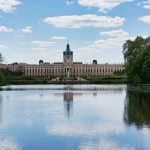
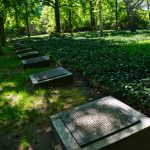






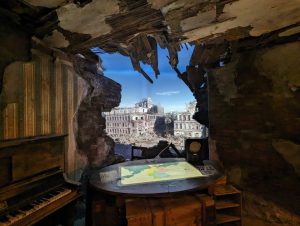






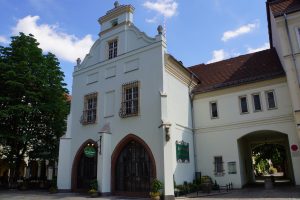

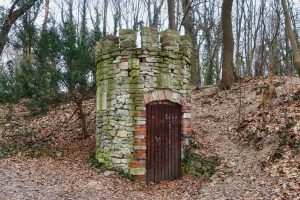
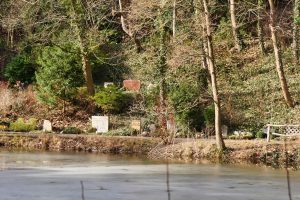
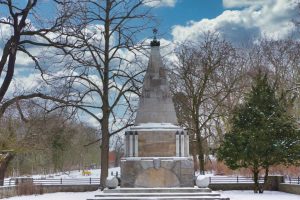





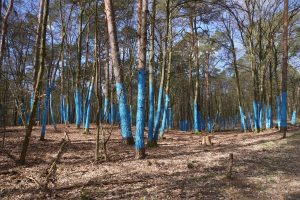




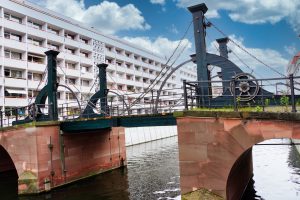
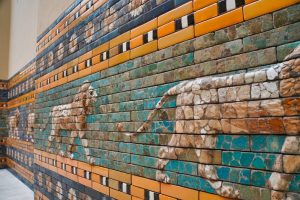



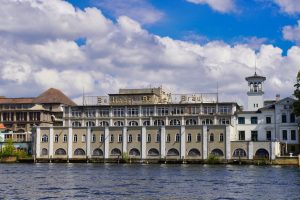









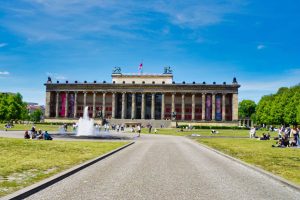





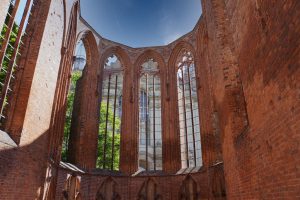



















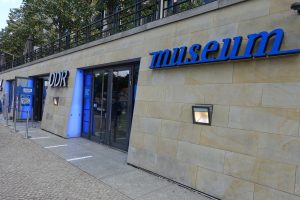





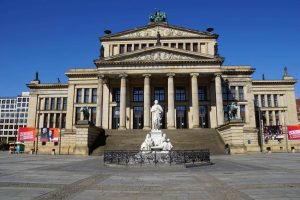






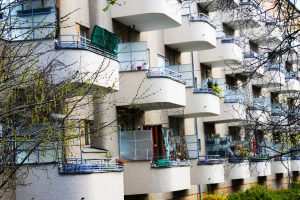










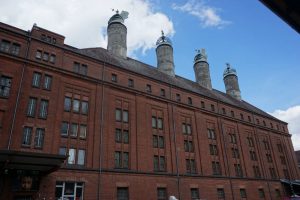





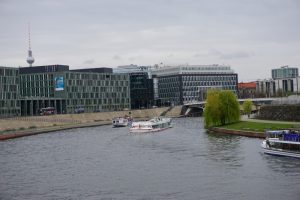
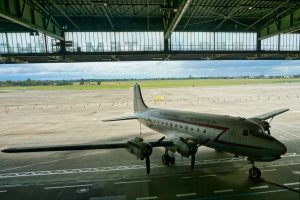








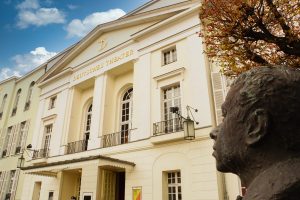


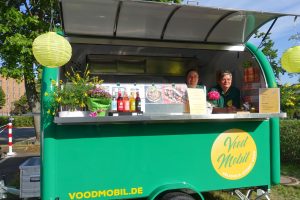















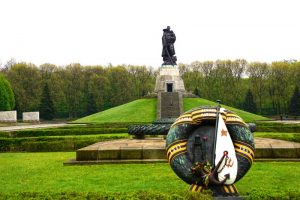














Leave a Reply